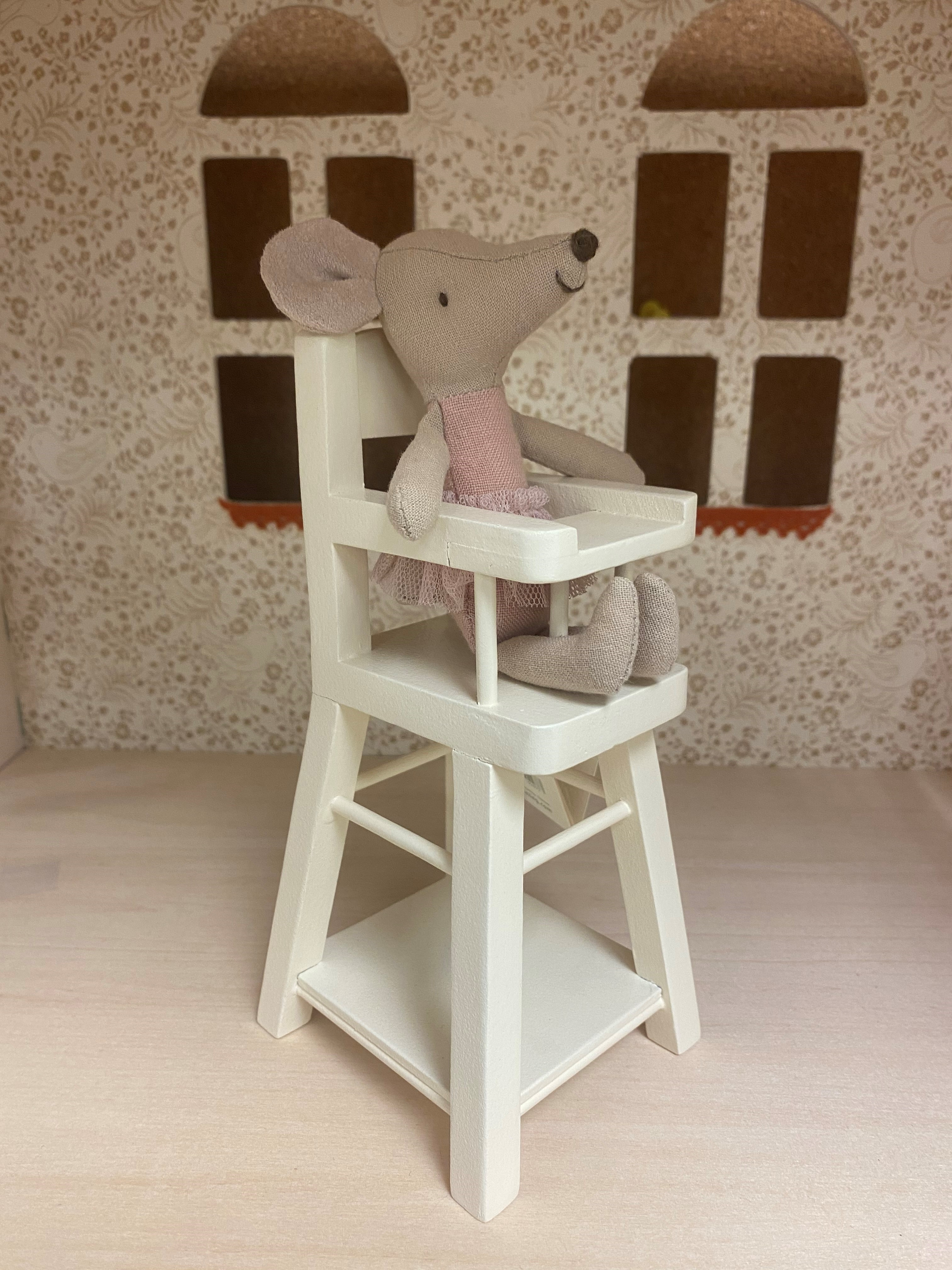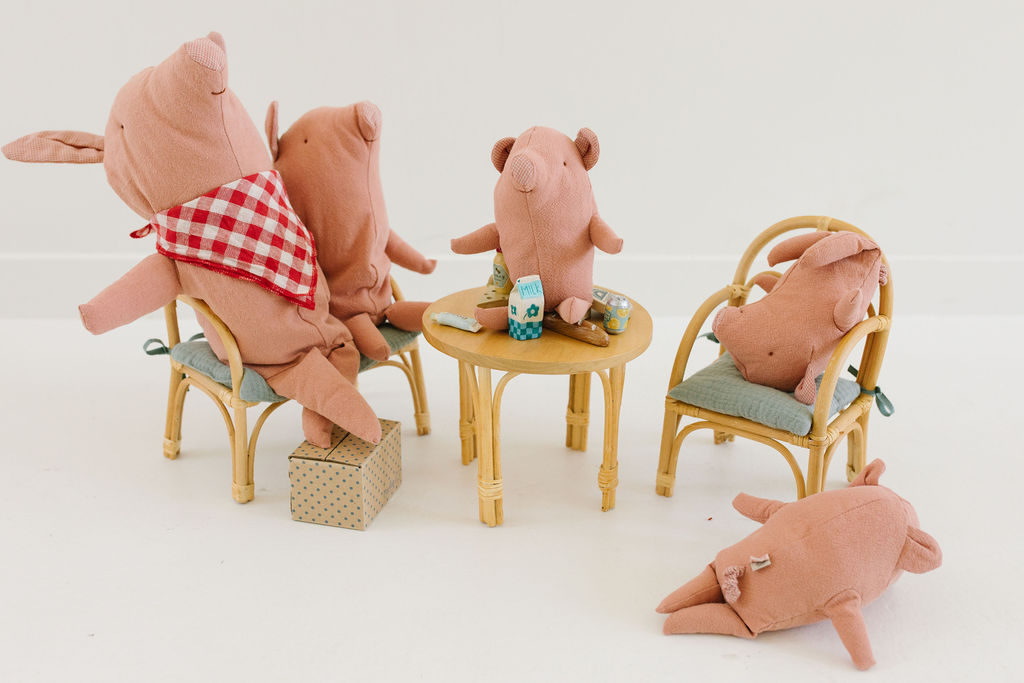The Cognitive Benefits of Pretend Play
Part 2
When They Create, They Comprehend
By: Jodie V. & Sally Z.
Jodie is a Pediatric Occupational Therapist, Fort Pure Play Founder, & mom of 3 boys.
Sally is the Director of Lower School, Curriculum Developer, 1st Grade Teacher & Mom.
Cognitive development is all about understanding the world around you, and make believe play is the perfect way to gain this understanding. When children engage in open-ended pretend play, children are engaged in making meaning. They are exploring connections and relationships, and discovering cause and effect.
At a young age, children want to know how things work, solve problems and experiment. This happens naturally in pretend play. They observe, hypothesize, make cognitive inferences, and communicate their ideas. They take risks, make mistakes, and try again. Each of these contribute to the cognitive development of children who will be able to think independently and critically throughout their lives.

When children pretend, they design the physical world. Picture a dollhouse. The tiny pieces, such as the miniature tea set, groceries, and macaroons, will inspire any child to enter into an imaginative world.
Visual perceptual and visual spatial skills are also developed when children organize and design their playscapes and scenes.
Playtime allows children to decide who or what will fit where, by arranging and building with objects. These visual reasoning skills support the development of logical and mathematical thinking. Setting up the dollhouse, children make decisions about how furniture and objects physically fit into the spaces. They can test which Maileg friend fits best with the different sized furniture. This is playtime to them, but they are unconsciously learning many cognitive skills along the way.
Too big

Just right

Mathematical and scientific reasoning grow as children play.
Bringing your favorite stuffed animals and dolls for a picnic quickly becomes a mathematical challenge for a young child. Once their friends are arranged on the picnic blanket, they will need something to eat. Peering into the picnic basket, the child will look at all of the treats they have packed. First, they may count the friends on the blanket to see how many they will need. Then, they may estimate how many macaroons there are in the picnic basket. Does that look like enough? They might notice a difference; “there are six people at the picnic but we only have four macaroons.” Thus, they are understanding more and less, concepts that they will work on in Kindergarten and First Grade math.

One to one correspondence is another important foundational skill for future mathematical thinking, and it develops naturally as children play. For example, after the child arranges the friends on the picnic blanket, they will ask “Does everyone have something to eat?” Looking into a basket, a child may select simple objects to represent cupcakes, fruit, and drinks. They will arrange the meal on the blanket. “One for you, and one for you. Is there enough for everyone?” Perhaps they are pretending that blocks are pieces of fruit.


After they give each friend one piece of fruit, they may see that they have enough to give every one another, and another piece of fruit. This is similar to the way division is taught to young children in a Montessori school. This physical experience of dividing and distributing the blocks gives a child an understanding of what is happening in division. Mathematical thinking grows naturally in pretend play.
Storytelling and problem solving lead to scientific thinking as well
Perhaps the picnic turns into a camping adventure, with a journey down the river. How will the friends get there? Children will design the mode of transportation, and experiment to discover what works. Perhaps they will set doll-sized chairs on tops of blocks and slide them across the floor. Did the chair fall off? How might it be attached to the block? Do they need to cross the river? Is there a bridge or pulley system that needs to be designed?
Play inspires problem-solving
Children will apply their innate creativity to create systems and discover mathematical and scientific features of our world. They will categorize and communicate. Most importantly, they will develop critical and creative thinking skills, and a long attention span, that will serve them throughout their lives.
All of this early cognitive work lays the foundation for more complex skills. It’s all first learned in play, if children are given the opportunity, materials, and space to engage in this meaningful work. It is easy to provide your children with the right tools to support their cognitive development when you give them beautifully made toys which inspire imaginative and open-ended play.


